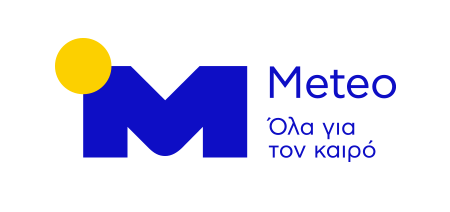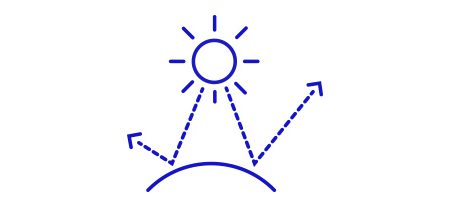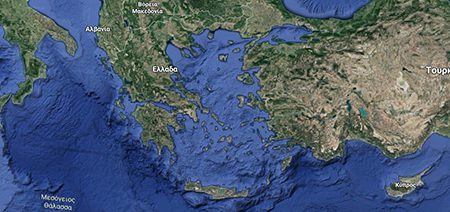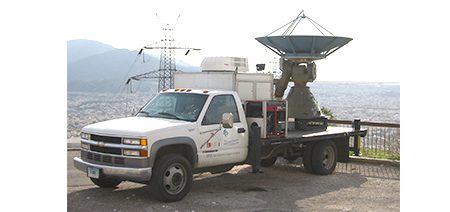WEATHER FORECASTING
Operational weather forecasting is presented to the public through the popular web page www.meteo.gr (in greek) as well as through the English web page www.noa.gr/forecast. Meteo.gr provides 6-days weather forecasts for 500 cities across Greece, together with UV forecasts. Moreover, interactive map provides detailed wind and wave forecasts for the Greek Seas.

SOLAR ULTRAVIOLET (UV) INDEX FORECASTING FOR GREECE
The UV index is an internationally defined expression of the risk of solar ultraviolet radiation to humans and the ecosystem. The calculation of the UV index forecast is presented daily from the Institute for Environmental Research and Sustainable Development of the National Observatory of Athens. The methodology used includes a radiation transfer model with input parameters such as the solar zenith angle, cloud cover forecast, total column ozone forecasting (KNMI / ESA), the long-term climatology of aerosols from satellite measurements, ground albedo and altitude for each sub-region of the map below. Website: http://www.meteo.gr/meteoplus/uv.cfm Information related with the effects of UV radiation on health (dermatological effects, melanomas, cataracts, vitamin D), effects on plants (photosynthetic capacity) and marine ecosystems are also provided.

METEOROLOGICAL OBSERVATIONS
The extensive network of almost 260 fully automated meteorological stations, established by IERSD all over Greece, offers to the public, in almost real-time (data refreshment every 10 min), information about prevailing meteorological conditions. Meteorological parameters that are presented are the following: Air temperature (ºC) and relative humidity (%), Atmospheric pressure (hPa), Wind speed (m/s or Km/h) and wind direction (deg.), Total precipitation (mm) (rainfall, snow, or hail). In selected meteorological stations, the incoming total solar radiation (W/m²) and ultra-violet (UV) radiation (W/m²), incident at a horizontal surface, are also provided to the public. Real-time measurements of the above meteorological parameters are widely available to the public through the following WEB links: www.meteo.gr/meteosearch. All meteorological observations and measurements are automatically saved in the database for further statistical analysis.

SEVERE WEATHER MONITORING AND NOWCASTING
The Weather Radar Group operates unique equipment for the in situ measurement and remote sensing of rainfall, which includes a mobile weather radar, a 2D video and a Parsivel disdrometer and a network of rain gauges with data loggers. The system can provide monitoring and nowcasting of localized severe weather events (intense rain and hail storms, tornadoes) for distances up to 100 km.
The Weather Radar Laboratory of the Atmospheric Remote Sensing Measurements and Applications (ARSMA) group focuses on the research, monitoring, and forecasting of severe weather using modern hydrometeorological equipment for in-situ and remote sensing of rainfall and other hydrometeors. This equipment includes an X-band mobile Doppler polarimetric weather radar with 120 km range, optical and laser disdrometers, rain gauges and a lightning detection network developed in the region of Greece for high resolution and accuracy detections. The data of these systems is the input to the Weather Research and Forecasting (WRF) model using data assimilation techniques and to radar data based forecasting algorithms for short term 1-6 hours forecasts (nowcasting) of severe weather events like intense storms and floods. The web page https://nowcast.meteo.noa.gr presents to the public real-time and archived weather radar and lightning observations and nowcasting of severe weather in the broader area of Athens.


